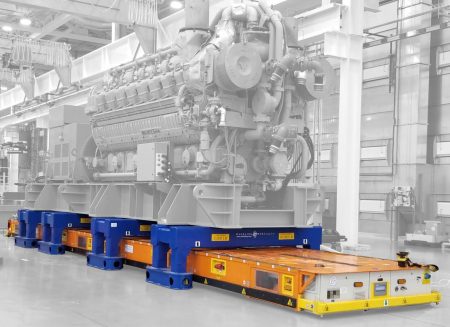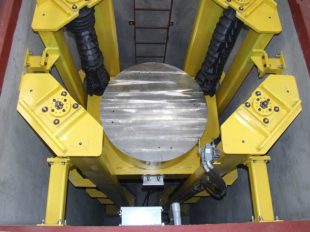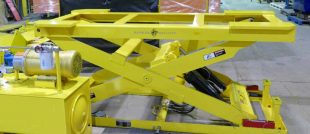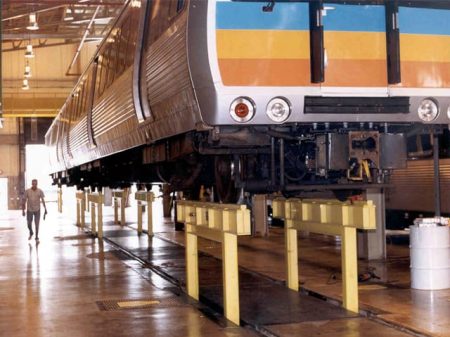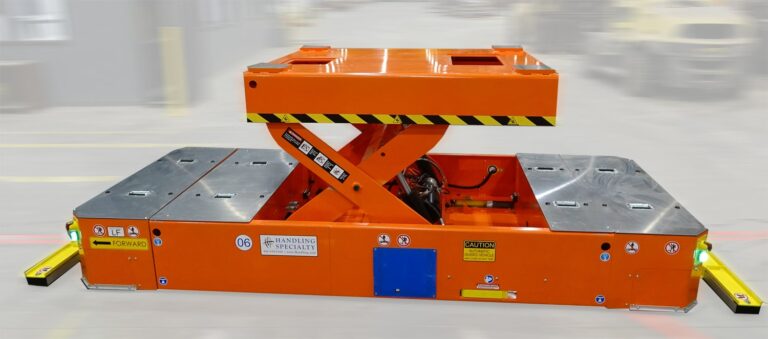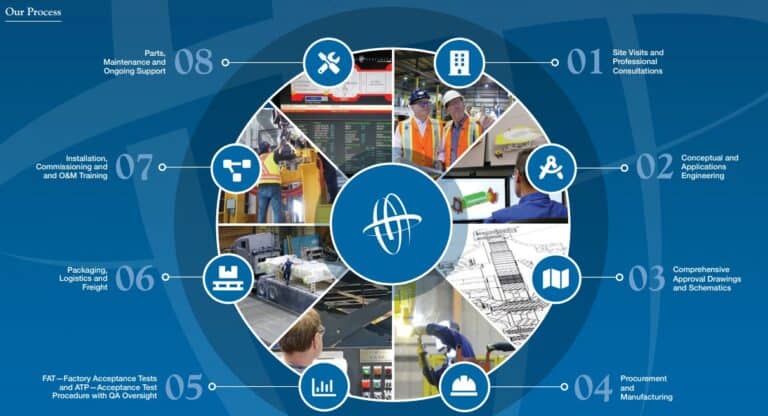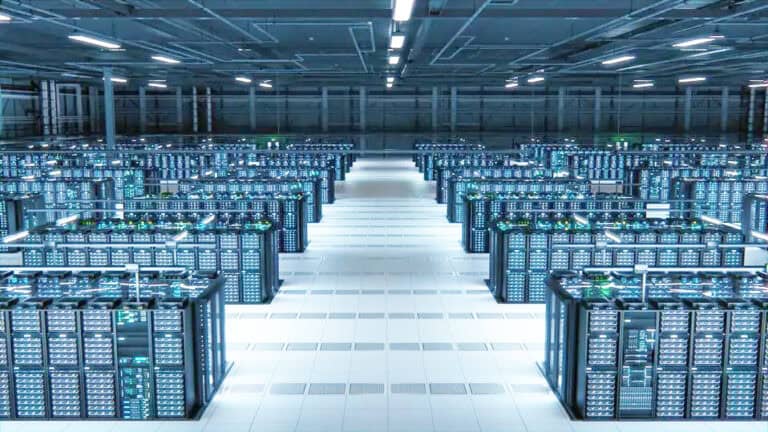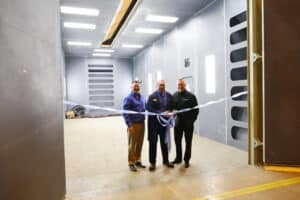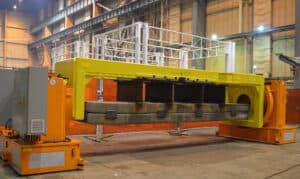The aerospace industry assembly and MRO require strict quality control and careful parts handling. Well-planned and executed material handling manufacturing processes, keeping up with tight schedules and meeting high safety standards. This blog examines how advanced material handling solutions have changed and improved the aerospace industry.
The Evolution of Aerospace Material Handling
In the modern age, the aerospace industry’s aircraft designs are getting more complex, production is increasing, and efficiency is becoming more critical, which is pushing companies to employ better material handling solutions.
Aerospace assembly and manufacturing needs are turning to automated systems and technologies. The way we handle materials in aerospace is changing. We are seeing new technologies like robotics, Automated Guided Vehicles (AGVs), and intelligent systems. These advancements are creating improved efficiency and precision in the industry.
Transitioning from Traditional to Advanced Handling Solutions
The shift from traditional ways to modern material handling in the aerospace industry is happening because we need to be more efficient, flexible, and adaptable. Manual handling can cause problems like delays, mistakes, accidents, and safety risks.
Modern material handling systems use automation and innovative technology. These improvements help make workflows smoother and lessen the need for manual work. They also help manage materials better during production. With real-time tracking, companies can easily track components and reduce lead times.
Using Handling Specialty‘s design/build team, which features automation and intelligent systems, aerospace manufacturers can boost productivity, improve quality control, and stay competitive. This move to advanced solutions helps the industry meet the rising demands of today’s aircraft production.
The Role of Technology in Modern Aerospace Logistics
Technology is changing how aerospace material handling assembly and MRO processes work. With sensors, data analysis, and automation, we can see and control the equipment in real time, monitor its components, and suggest maintenance before a part becomes a problem.
The Industrial Internet of Things (IIoT) works with modern material handling equipment to help track efficiencies in the material handling equipment. These systems reduce human error, keep equipment working at the correct levels, and ensure the assembly line experiences little to no downtime.
Using these technologies does more than make things run smoother. It helps the aerospace industry adjust to new market needs, improves teamwork among all the people involved, and maintains its leading position in manufacturing quality.
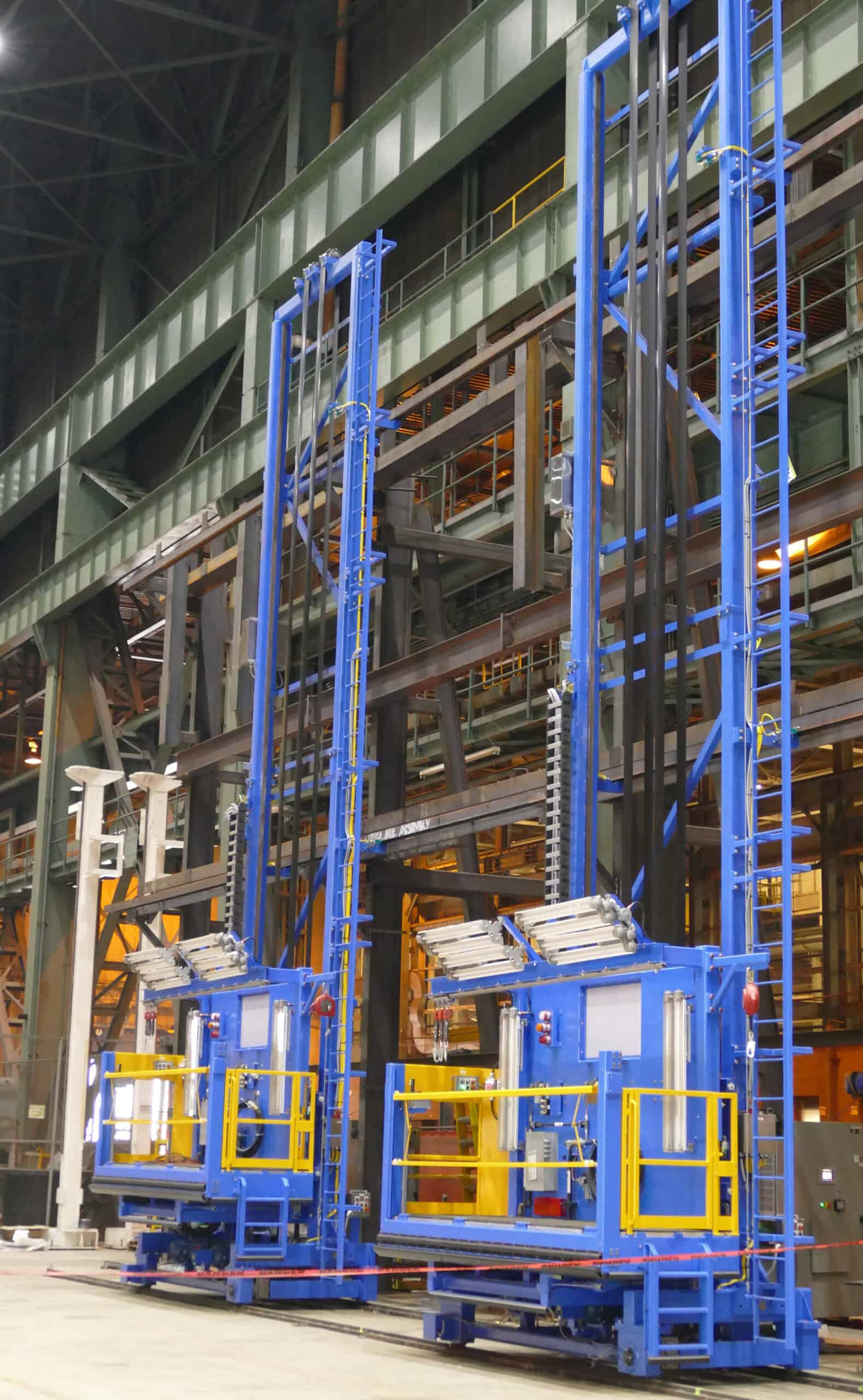
Key Components of Advanced Material Handling Systems
Advanced material handling systems use different technologies to improve how components move through the processes and are controlled in aerospace manufacturing. These systems usually feature AGVs and management software.
Each piece of equipment is essential for automating assembly, boosting efficiency, and safely handling delicate aerospace parts. Planning and combining these systems properly is crucial in tackling specific challenges in the aerospace industry to get the most benefits.
Overview of Automated Guided Vehicles (AGVs) in Aerospace
Automated Guided Vehicles (AGVs) are essential in the aerospace industry for handling materials. These self-driving vehicles follow set paths to move materials around manufacturing facilities. AGVs help make operations run more smoothly, reduce manual handling, and lower human error. AGVs help improve safety, streamline assembly tasks, and increase throughput in the aerospace industry. Their accuracy in carrying and positioning products creates a smooth manufacturing process workflow, leading to better ROI and productivity.
Investing in AGC material handling systems is a good choice for aerospace manufacturers because it provides a significant return on investment (ROI). It helps in:
- Reducing Labor Costs: AGVs do repetitive tasks consistently, meaning manual labor is less needed.
- Minimizing Errors: The precision of AGVs lowers errors and the need for rework, saving time and resources.
- Enhancing Safety: AGVs make workers safer by protecting them from hazards and improving the safety record of manufacturing facilities.
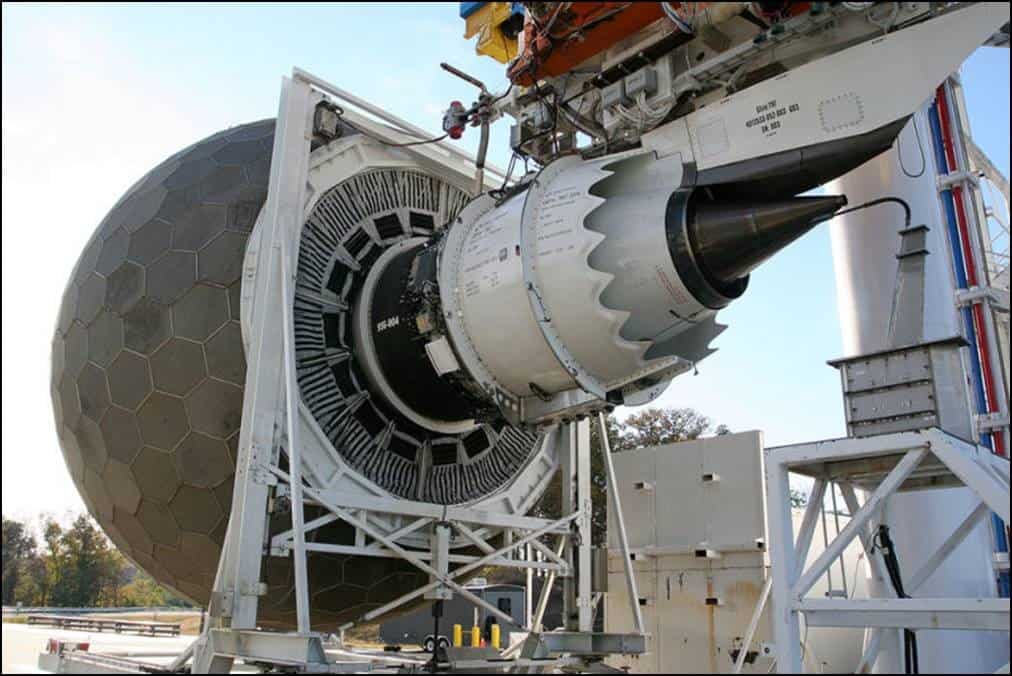
Custom Solutions for Aerospace Manufacturing and Assembly
Standard material handling solutions often will not meet the specific assembly and MRO needs in aerospace manufacturing because the industry has unique demands. Custom systems are required. These systems can handle large parts, fit with complex shapes, and keep safety and efficiency standards high.
Custom material handling solutions from Handling Specialty include AGVs, specialized tooling, wing assembly platforms, engine test cells, paint booth systems, work positioners, assembly platforms, and even explosion-proof equipment. They are built to work efficiently with current workflows and facility designs in aerospace.
Tailoring Conveyor Systems for Aerospace Needs
Conveyor systems are essential for moving aerospace parts safely and efficiently during production. To meet the industry’s unique needs, these systems must have features designed for the distinctive shapes of aircraft components.
For example, aerospace conveyor systems often have adjustable widths and heights, which helps them carry large items like wings and fuselage sections. They also use precision rollers and guides to keep everything moving smoothly and avoid hurting delicate surfaces.
The main goal is to improve throughput, which means creating a smooth flow of materials from receiving and inspection to assembly and final check. When custom-designed conveyor systems are used, aerospace manufacturers can see significant gains in efficiency and productivity.

Impact of Advanced Material Handling on Aerospace Production
Implementing advanced material handling solutions profoundly impacts aerospace production, significantly improving efficiency, productivity, and safety.
The table below illustrates the key benefits of incorporating these solutions:
|
Benefit |
Impact |
|
Increased Efficiency |
Reduced cycle times, improved throughput |
|
Enhanced Productivity |
Increased output with fewer resources |
|
Improved Safety |
Reduced workplace accidents and injuries |
|
Optimized Assembly |
Improved material flow |
|
Enhanced Quality |
Minimized errors, consistent product quality |
Enhancing Productivity Through Automation
Automation is very important for improving productivity in aerospace manufacturing. It helps by taking over repetitive and demanding tasks that take time. This change lets companies become more efficient.
Automated systems use advanced software and sensors connected to IIoT systems to work consistently and precisely, which helps reduce downtime and human mistakes. With automation, manufacturers can focus their workers on more specialized tasks that add value, which increases overall productivity even more.
Also, automation helps aerospace companies keep up with the growing need for aircraft. It shortens lead times and helps them adapt to market changes. By using automation, the industry can improve efficiency and quality and become more competitive.
Achieving Precision and Safety in Assembly Lines
Even a small mistake can lead to big problems on the assembly line. Advanced material handling systems from Handling Specialty, which include precision automated guided vehicles, help position and align products accurately during assembly.
When companies reduce manual handling, they improve precision and significantly increase worker safety. Automating heavy lifting, repetitive tasks, and handling dangerous materials lowers the chance of injuries and makes the workplace safer.
Using ergonomic material handling equipment also helps workers decrease physical strain and tiredness. By focusing on precision and safety, aerospace manufacturers can deliver high-quality products while keeping their most valuable resource—their workers—safe.

Overcoming Challenges in Aerospace Material Handling
Implementing better material handling solutions in the aerospace industry can be challenging. The costs can be high, skilled experts are needed, and adding new systems to the current infrastructure can also be tricky.
To overcome these challenges, companies need to plan carefully. They should work with experienced providers like Handling Specialty and adopt a gradual approach to implementation. Companies must also invest in training their workers on new equipment. This helps ensure everyone quickly adapts to the latest technology and processes and gets the most value from the return on investment in advanced material handling solutions.
Handling Specialty designs, builds, and installs your custom material handling solutions, providing on-site training for each piece of equipment and expert OEM training.
Solutions for Handling Sensitive and Complex Components
Handling the delicate parts of an aircraft is not easy. It requires special equipment and processes that go beyond usual material handling methods. Advanced manufacturing material handling solutions can perform tasks with great precision.
Custom tools and fixtures help secure complex parts in work cells, 4-post lifts, gantries, AGVs, and other custom assembly and MRO equipment to prevent damage while the parts are moved through the assembly processes. This protects sensitive components from damage and other harmful materials.
Aerospace manufacturers can use these advanced solutions to keep their components safe during assembly, ensuring the final aircraft is both safe and dependable.
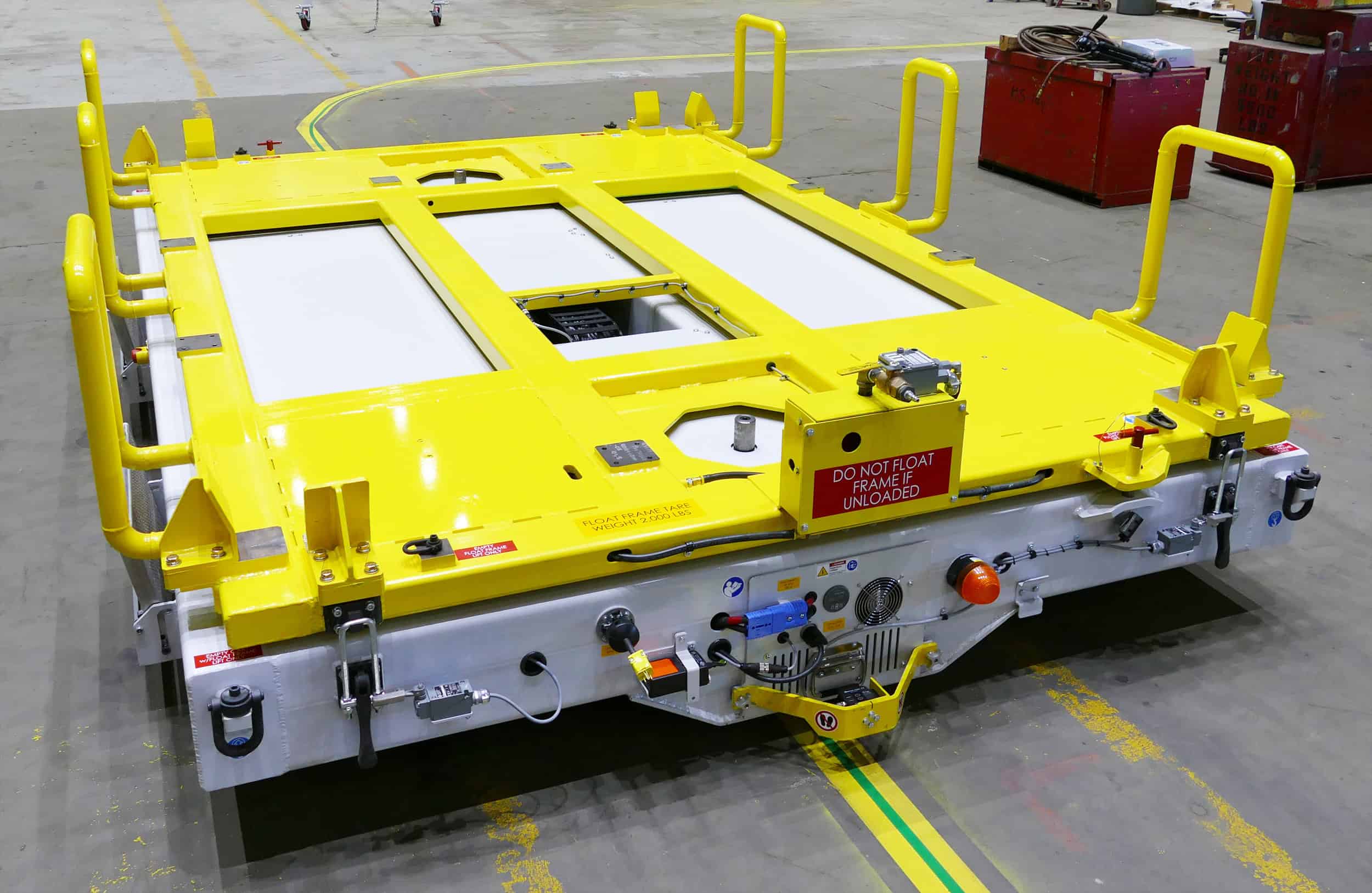
Conclusion
Advanced material handling solutions are crucial for improving efficiency, productivity, and safety in the aerospace assembly and MRO industry. Handling Specialty has learned from multiple case studies over our 60-year history. For example, Automated Guided Vehicles (AGVs) have changed how we handle the assembly line in aerospace. Customized technologies, along with automation, have made aerospace manufacturing processes much better. We can now solve problems like handling sensitive parts and meeting precision needs with custom solutions. Advanced material handling speeds up production and keeps quality and safety high in aerospace assembly lines.
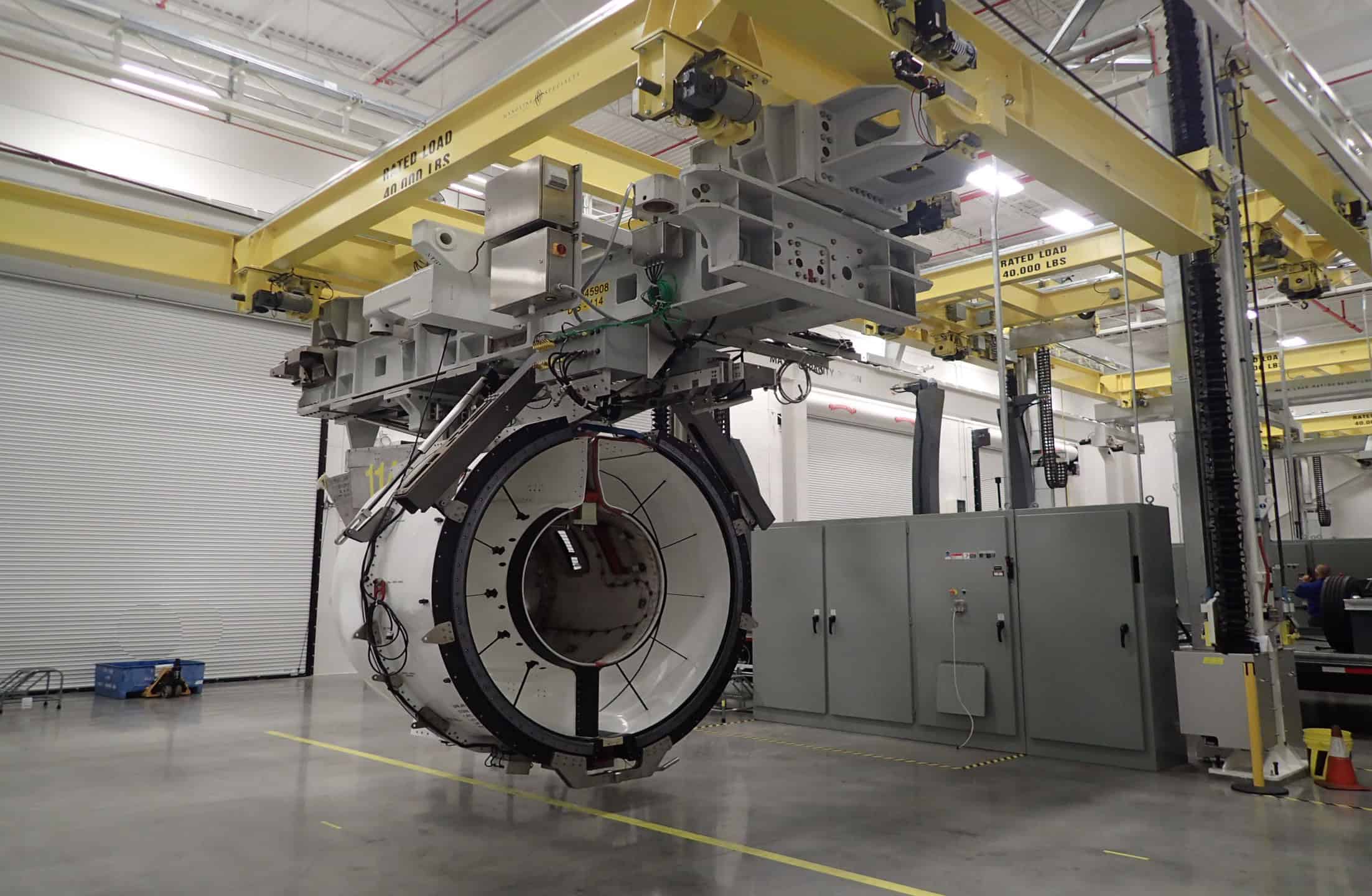
Frequently Asked Questions
What makes aerospace material handling different from other industries?
Aerospace material handling is unique because of the specific needs of commercial aerospace and its strict safety rules. The parts are usually large, heavy, and strangely shaped, requiring special equipment and careful handling methods.
How do AGVs contribute to aerospace manufacturing efficiency?
AGVs improve aerospace manufacturing. They help with operational efficiency and increase throughput while reducing downtime. By moving and positioning materials automatically, AGVs keep the assembly line moving, which means less downtime and more production output.

